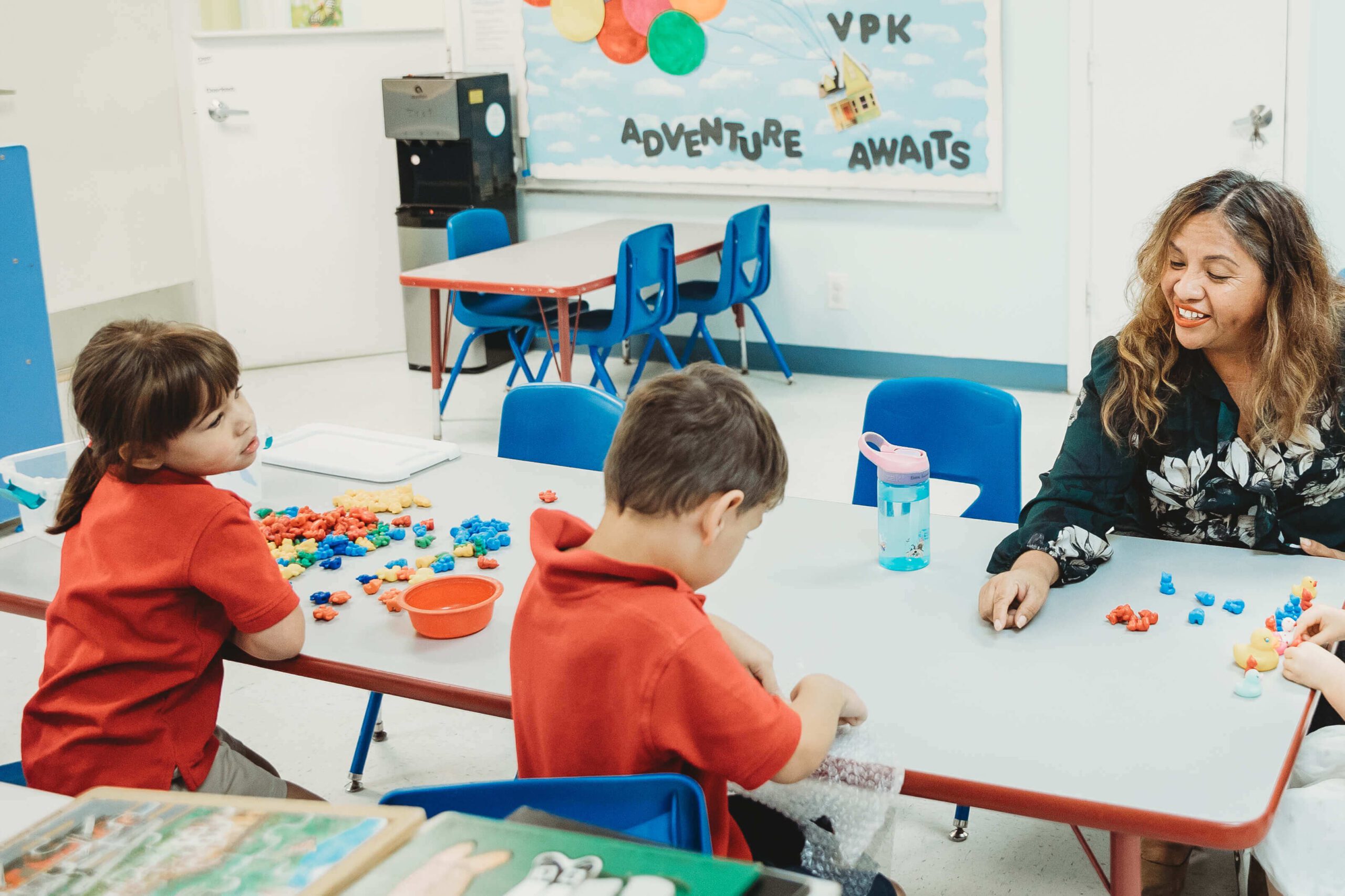As insecurity grows and more at-home entertainment options emerge, children spend more time in sitting or reclining positions instead of running, jumping, and playing around. As parents, reversing this phenomenon can be hard.
Sedentarism in children is a growing problem. In addition to signing them up for the best preschool in Boynton Beach, FL, here are some tips for healthier development for your children.

Sedentarism in Children: A Growing Concern
The definition of sedentary behavior is any waking state—that is, not sleeping—where less than 1.5 metabolic energy equivalents are used. Watching television or using computers excessively are examples of sedentary behavior that harms kids’ health and well-being.
Nonetheless, this behavior is common among younger generations, particularly with new technologies. Children worldwide watch TV for over two hours every day, and their use of phones and laptops is growing significantly each year.
Children also participate in various other sedentary activities, such as sitting in class and doing their homework, in addition to screen time. According to US and European studies, kids are sedentary for about eight hours every day.
This can be very damaging to their health long-term. It has been established that these kinds of actions are significant risk factors for the emergence of diseases like high cholesterol or cardiovascular disease.
What Causes Sedentarism in Children?
Understanding the underlying factors that correlate with children’s sedentary behavior is essential to help curb this growing trend. The causes are multifaceted and include environmental, sociocultural, and geographic elements.
Increased Screen Time
One of the most widely recognized causes of sedentarism (in both children and adults) is the rise of digital technology. Children are spending more and more time on screens, including TV, video games, and computers, which greatly reduces opportunities for physical activity.
Social media has also contributed to the increased screen time. Children may be diverted from physical activities by online interactions, choosing to interact with peers virtually instead of playing sports or outdoor games.
Lack of Outdoor Spaces
Limited access to safe and engaging outdoor play areas can discourage children from being active. Urbanization and development often result in fewer parks and recreational facilities.
Safety concerns add up to this. Children in insecure areas tend to spend much more screen time as parents may restrict outdoor play due to fear of traffic, crime, or environmental hazards.
Structured Schedules
Busy family schedules filled with academic, extracurricular, and social commitments can limit free time for physical activity. Overscheduling may leave little room for play and movement. Many schools also emphasize academic performance over physical education, reducing opportunities for active play.
Overscheduling can also lead to stress and lack of motivation, reducing their physical activities as children may not feel interested.
Peer Influence
Social dynamics can play a significant role in children’s activity levels. If their friends prioritize sedentary activities, children may follow suit, leading to a cycle of inactivity. Similarly, children often model their behaviors after their parents, so children are more likely to adopt similar habits if caregivers lead a sedentary lifestyle.
However, this also means that peer influence can successfully reverse sedentary habits. In fact, according to statistics, parental support and shared activities helped decrease children’s sedentary behavior.
Health Issues
Chronic health problems or disabilities can limit a child’s ability to engage in physical activities. Conditions such as obesity, asthma, or joint problems may discourage movement.

Signs of Sedentarism in Children
As sedentary behaviors become more widespread, identifying the signs of sedentarism can be hard. Moreover, there isn’t a clear line between what’s a normal amount of sitting still for a kid and what begins to become a worrisome state.
However, identifying potential sedentary habits early can help parents and caregivers encourage more active lifestyles. Some indicators to look out for include:
- Excessive Screen Time: Kids using computers, tablets, or smartphones for several hours daily are likelier to be sedentary. It is advised to limit recreational screen time to no more than two hours per day.
- Physical Inactivity: Sedentarism may be indicated by a conspicuous lack of involvement in school sports or physical education programs. Children who are not involved in any form of regular physical activity may be at risk.
- Weight Gain: A sedentary lifestyle may cause sudden or gradual weight gain. Children who are not active burn fewer calories, which can raise their body weight.
- Coordination Issues: Children who spend much time sitting still may have trouble balancing and coordinating their movements. Limited movement can hinder motor skills development, making activities requiring coordination more challenging.
- Fatigue and Low Energy: Feelings of fatigue can result from a lack of physical activity. Sedentary children may complain of fatigue more frequently because inactivity can lower stamina and energy levels.
- Social Withdrawal: Sedentary kids can also exhibit social withdrawal symptoms. They might rather play video games alone than participate in team sports or outdoor activities with friends.
- Bad Posture: Sitting for extended periods, particularly in front of screens, can cause bad posture. Children who are overly sedentary may exhibit slouching or other postural problems, which parents may observe.
- Academic Performance Decline: A sedentary lifestyle can also impact cognitive function. Given that physical activity is associated with better brain health, children may show a decline in focus and general academic performance.
By being aware of these indicators, parents and other adults can proactively encourage physical activity and help kids lead more balanced lives.

Foster a Healthier Life for Your Child with the Best Preschool in Boynton Beach, FL
Sedentarism, or a lifestyle characterized by prolonged periods of inactivity, can significantly impact children’s physical and mental health. While it’s common for children to spend a lot of time sitting, like when they’re in class, for example, it’s important for parents to look for ways to foster more active lifestyles outside class.
Here at Neighborhood Kids, we strive to teach children positive habits since they are young. If you’d like to learn more about our classes and extracurricular activities to prevent sedentarism, reach out!










